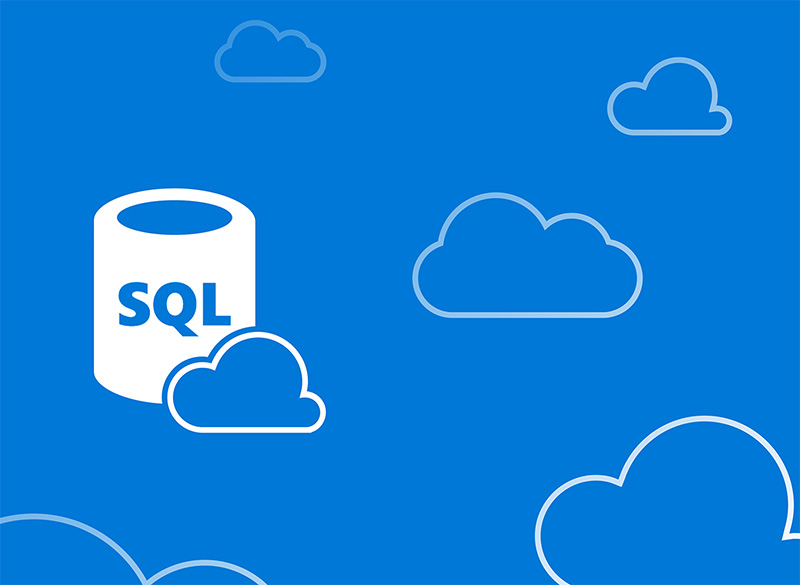What is a Database and Why Should You Care?
In general, a database is a place where information is stored—anything from a spreadsheet to an encyclopedia. In technology, every piece of software has a database where its information lives.
Why should you care about your software’s database? The type of database changes the way the software works, just like the type of engine changes the way your car runs. When buying a car, you ask about the engine. When buying software, you should ask about the database.
You want software built on a relational SQL database, and here’s why.
It’s written in today’s universally accepted programming language
SQL, or Structured Query Language, is the standard programming language for modern (relational) databases worldwide. Nearly every modern database is written in some form of SQL, and if it’s not, it’s a big red flag that the technology is out of date.
Unlike other programming languages, SQL lets you tell the software what to do or ask for the information you want, and the software figures out the best way to make it happen. Like: Show me the name, address, and phone number of any customer with an overdue balance.
Older programming languages need you to figure out what you want and how to make that happen in the software. Like: Read all of the fields in all of the customer accounts, and for any account with an overdue balance, save the customer name, address, and phone number as an entry in a report.

With older programming languages, you need more technical skill to tell the software how to perform the task you want. SQL is easier to use, and more flexible, which means SQL databases are easier for you to manage and capable of adapting to your specific needs.
It’s easy to find, sort, and compare information
In old (navigational) databases, information is stored in long strings of text like this:
Last Name, First Name, Account Type, Zip Code|Smith, John, Will Call, 17601|Doe, Jane, Automatic, 17543|Williams, Ed, Automatic, 17601
In modern (relational) databases, information is stored in tables like this:
| Last Name | First Name | Account Type | Zip Code |
|---|---|---|---|
| Smith | John | Will Call | 17601 |
| Doe | Jane | Automatic | 17543 |
| Williams | Ed | Automatic | 17552 |
It’s much easier to find and compare information in the table format than it is in the text string.
Because of their table structure, modern databases can create reports in an easy-to-use format. The reports, or even the database itself, can be filtered to show specific information to specific users: CSRs can pull a list of overdue accounts, while Managers can look at sales by location. Older databases contain the same information, but it usually takes some IT know-how to get it out of the software in a readable format.
Related Information is Shown together
Sum it up
Bottom line, relational SQL databases are much more user friendly than their older counterparts:
- They are written in a universal language that gives you the power to get want you want out of the software without a lot of technical knowledge or experience
- They make reporting easy and customizable
- They store information in a logical way so you can see related items together
Almost every modern software program is built on a SQL database. Software built on older navigational databases in other programming languages is still available, and it does work, but it’s the difference between riding a bike and driving a car. Both bike and car will get you from A to B, but the car will do it faster and more comfortably than the bike, and with less effort on your part. The same is true for SQL databases.